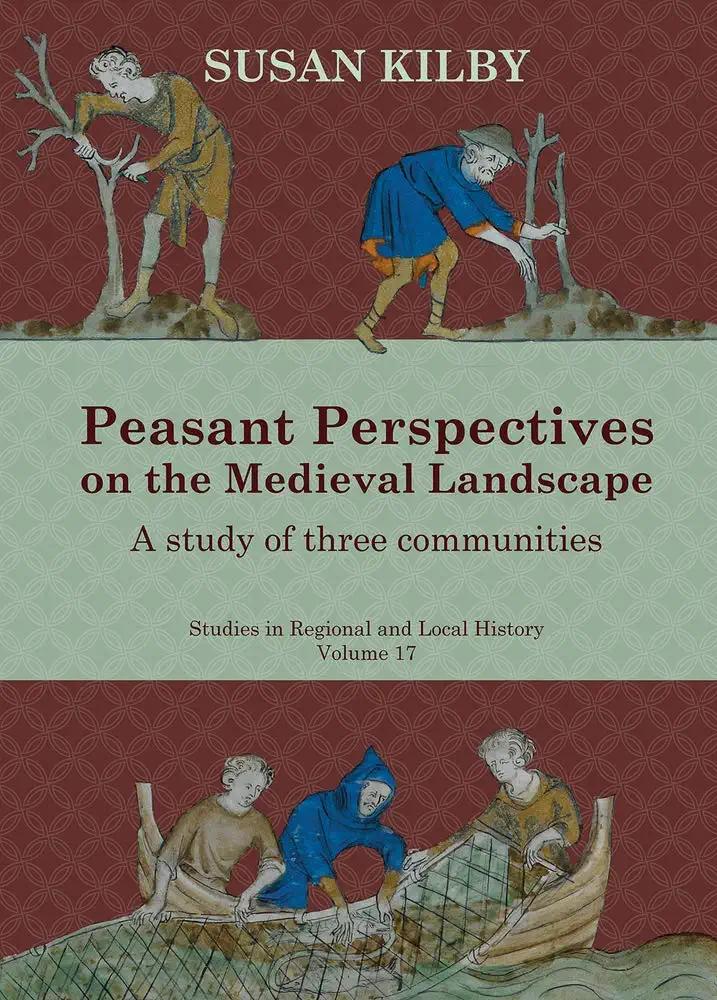作者
Susan Kilby(Research Fellow in the Institute for Name-Studies at the University of Nottingham)
出版社
University Of Hertfordshire Press(2020年9月)
丛书
Studies in Regional and Local History
简介
近年来学术界的一个新潮流是关注中世纪的农业环境,这项引人入胜的新研究就基于此,本书不仅关注中世纪农民的经济社会情况,也将农民们的实际生活环境纳入考量。作者以1086-1348年间的三个英格兰乡村为研究对象,试图重新勾勒其物质和社会文化环境,也借此说明农民们如何看待其周遭的自然环境。这项研究加深了我们原本对社会地位、乡村机构、农民的经济生活,以及集体和个体记忆的形成过程的理解,同时也纠正了人们对七百多年前环境关键因素的认知。

另附本书章节安排
1. Introduction
Geographic scope
Elton, Huntingdonshire
Castor, Northamptonshire
Lakenheath, Suffolk
Sources
2. Understanding the seigneurial landscape
From inclusive to exclusive? Seigneurial perceptions of rural settlement in the later Anglo-Saxon period
Conspicuous display and veiled privacy: from the Norman Conquest to the Black Death
3. Ordering the landscape
Organising the landscape of the medieval vill: seigneurial and peasant zones
Encountering the built environment: rural peasant dwellings
Delineating peasant space within the medieval manor
Off the beaten track: the hidden morphology of the rural landscape
4. The unseen landscape
Understanding topographical bynames
Knowing your place: contrasting peasant landscapes within medieval manors?
Mapping topographical bynames: Norman Cross hundred
Aboveton: from indicator of place to socially constructed landscape
Mapping topographical bynames: Huntingdonshire
the bigger picture
Conclusions: personal status and topographical bynames
5. Naming the landscape
Reassessing minor medieval landscape names
Ordering field and furlong
Distinguishing field and furlong
The natural environment
The supernatural environment
Looking backward: naming the landscape
The dynamics of landscape naming: cultural names
6. The remembered landscape
Beyond taxonomy: the secret life of the fields
7. The economic landscape
The rural environment as an economic resource: the demesne
The rural environment as an economic resource: peasant arable production
Hidden peasant economies: fishing
Hidden peasant economies: sheep farming
Conclusions
hidden peasant economies
8. Managing the landscape
Waste not, want not: the natural world as a resource
As common as muck: keeping the land in good heart
Scientific fields: peasants and medieval science
Ten men went to mow: managing medieval meadowland
Mires, mores and meres: managing fenland resources
A ditch in time: managing drainage and water resources
Conclusions
managing the landscape
9. Conclusion
Unveiling the peasant environment
Living in rural communities
Social status reconsidered
Detecting peasant agency
Memory and history in the rural landscape
Making a living in rural England
Peasant perspectives on the medieval landscape: concluding thoughts
Bibliography
Index

